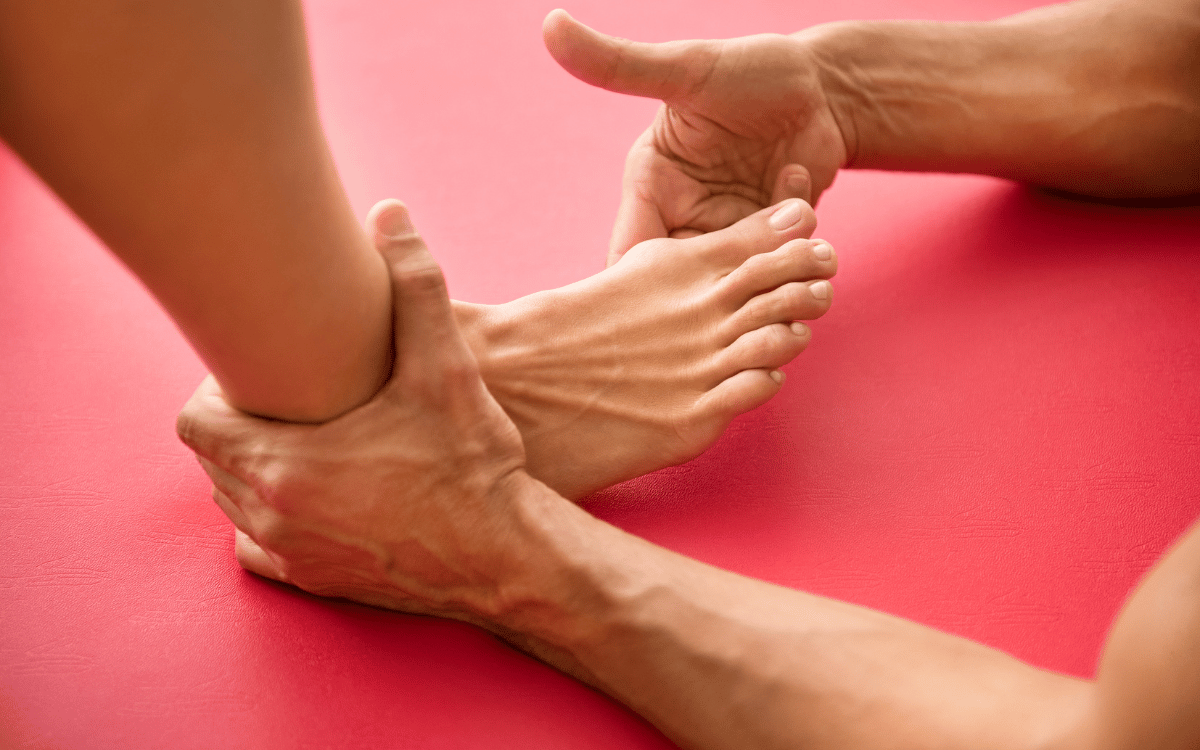Comprehensive Guide to Running Foot Care
Understanding the unique demands of running on your feet is essential for maintaining optimal foot health. This guide provides a thorough overview of common foot problems runners face, as well as actionable tips to prevent injuries and enhance performance.
From plantar fasciitis to shin splints, runners often encounter specific issues that can hinder their training. By following the advice in this guide, runners can learn how to properly care for their feet, choose the right footwear, and incorporate effective exercises into their routines to stay injury-free.
Essential Foot Exercises for Runners
Incorporating targeted foot exercises into your routine can significantly improve strength and flexibility, reducing the risk of injuries. These exercises are designed to address common issues such as tightness and weakness in the feet and ankles, which are crucial for runners.
Examples of effective exercises include toe stretches, calf raises, and ankle circles. Performing these exercises regularly can help maintain proper foot function and enhance overall running performance, allowing for longer and more enjoyable runs.
Choosing the Right Running Shoes
Selecting the right pair of running shoes is critical for preventing foot pain and enhancing performance. Factors to consider include foot type, running style, and the terrain on which you plan to run. Understanding these elements can help you make an informed decision.
For instance, runners with flat feet may benefit from stability shoes that provide extra support, while those with high arches might prefer cushioned shoes. Visiting a specialty running store for a fitting can further ensure that you find the perfect shoe tailored to your needs.
Understanding Common Running Injuries
Being aware of common running injuries can help you take proactive measures to avoid them. Conditions such as Achilles tendinitis, runner's knee, and IT band syndrome are prevalent among runners and can lead to significant downtime if not addressed promptly.
Recognizing early signs of these injuries, such as persistent pain or discomfort, allows for timely intervention. Strategies such as cross-training, proper warm-up routines, and listening to your body can help mitigate the risk of injuries and keep you on track with your running goals.



